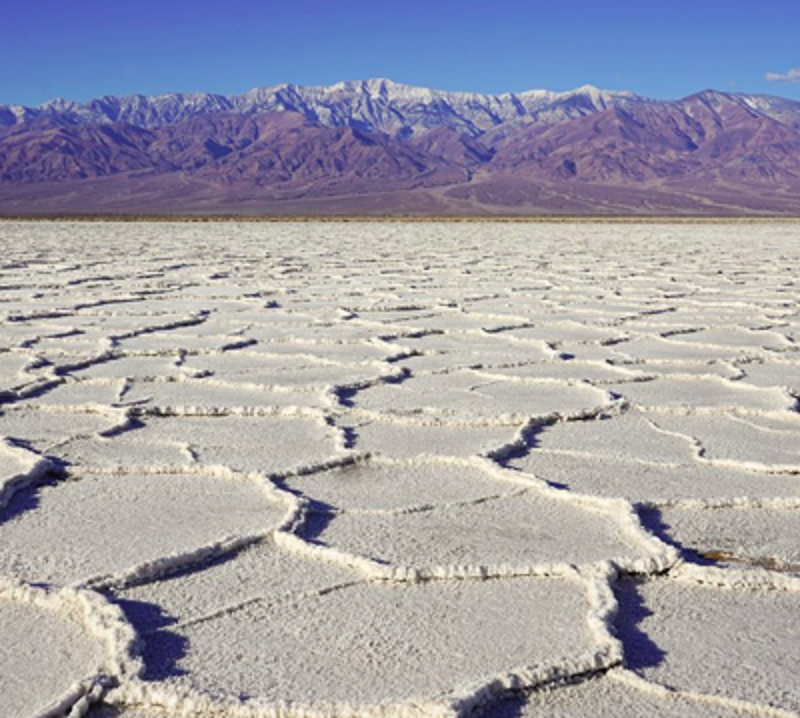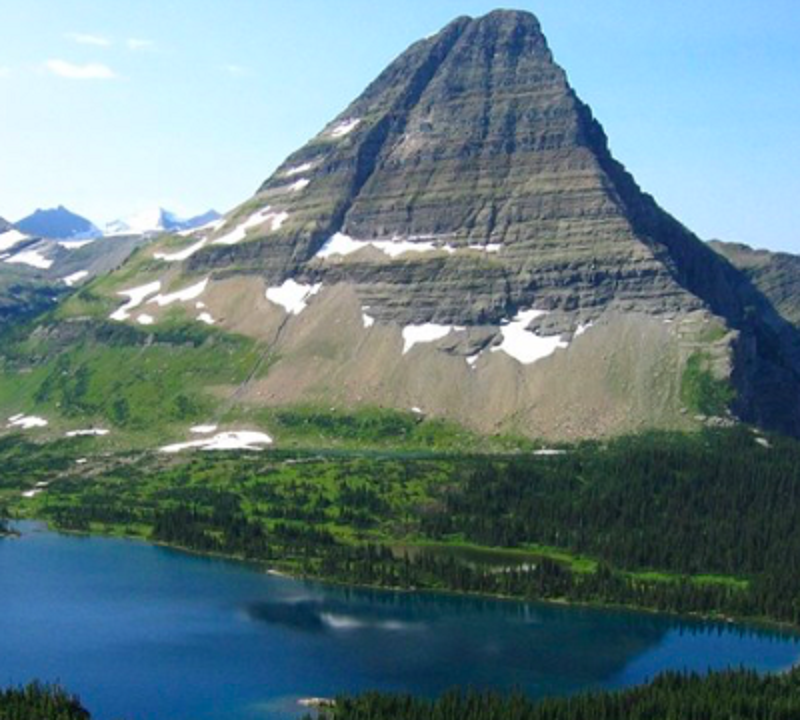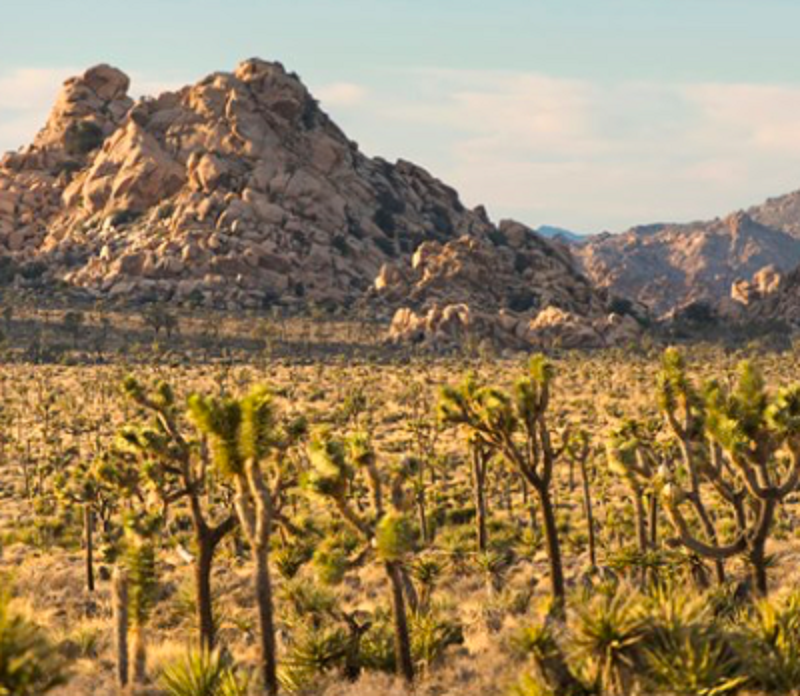5. Death Valley National Park (California, Nevada)
Despite extremely harsh conditions, miners once searched every corner of Death Valley. Gold and many other minerals are mined from this remote desert.
- Skidoo: Skidoo is a mining town located in the Panamint Mountains in Death Valley. It experienced a brief but relatively successful gold rush in the early 1900s. The town was named after a popular phrase of the time, “23 skidoo,” and it produced a large amount of gold. significantly before decline. The Skidoo mill is an important gold processing facility in the Skidoo mining district. Today, its ruins can still be seen in the park.
- Ballarat: Ballarat is another old mining town located near the Panamint Range in Death Valley. It played a role in the area’s gold mining history and while not as famous as some other gold mining towns, it has historical significance.
- Rhyolite: Although not within the boundaries of Death Valley National Park, Rhyolite is a nearby town that experienced a gold rush in the early 20th century. The town is known for its ruins Well-preserved masonry, including the ruins of a former gold mill.
- Aubrey Mill: Aubrey Mill is another gold processing mill located in the park, near the Mourning Mountains. Like Skidoo Mill, it is now a historical site.
6. Glacier National Park (Montana)
Western Montana has a long and rich history of gold mining. The rugged mountains in Glacier National Park and the creeks and rivers surrounding it have long been known to contain gold. With the establishment of the park, no mining activities took place for many years, but several nearby areas became famous for their gold reserves.
- North Fork Flathead River: This river flows along the western boundary of Glacier National Park, which saw gold mining in the late 19th and early 20th centuries. Towns such as Polebridge and Belton, located near the park, associated with mining and exploration activities during that time.
- Bowman Lake Area: Bowman Lake is located in the northwest part of the park and near this area some small-scale exploration and mining took place during the gold rush. Old mining shafts can still be found in this area of the park.
- Camas Creek Area: Camas Creek flows into the North Fork Flathead River near the western boundary of the park. Historical reports mention small-scale mining operations in this vicinity.
7. Joshua Tree National Park (California)
Joshua Tree is located next to the Old Dale Mining District, a major gold mining area in Southern California. Before the National Park existed, miners explored the desert and found rich gold mines. Many old mines and ruins now located in the park are popular tourist destinations.
- Cottonwood Springs: Cottonwood Springs, near the southern boundary of Joshua Tree National Park, was the site of some small-scale gold mining in the late 19th and early 20th centuries. The area is known for its historical mining relics.
- Lost Horse Mine: Although located within present-day Joshua Tree National Park, Lost Horse Mine was a historic gold mine that operated during the early years of the park. The mine is well preserved and serves as a popular hiking site and historical site in the park.
- Queen Valley: Queen Valley, located near the south entrance of the park, saw some gold prospecting activity during the gold rush. The ruins of old mining operations can still be seen in this area.
- Mount Ryan: The area around Mount Ryan in the park is also associated with historic mining, including gold prospecting.
8. North Cascades National Park (Washington)
The rugged mountains of north central Washington contain many valuable minerals. Gold has been mined here since the 1860s. Gold can be mined from any of the creeks that flow in the park, there are several areas of notable historical significance:
- Mineral Park: The town of Mineral Park, located near the park’s present-day western boundary, was a historic mining community that extracted gold and other minerals from nearby mines.
- Baker River Valley: The Baker River Valley, located close to the eastern boundary of the park, has historically had small-scale gold mining operations.
- Skagit River: The Skagit River flows through the area surrounding the park, and there was exploration and mining activity along its banks during the gold rush.
- Eldorado Creek: Eldorado Creek, located near the town of Marblemount on the west side of the park, is famous for its gold mining operations.






